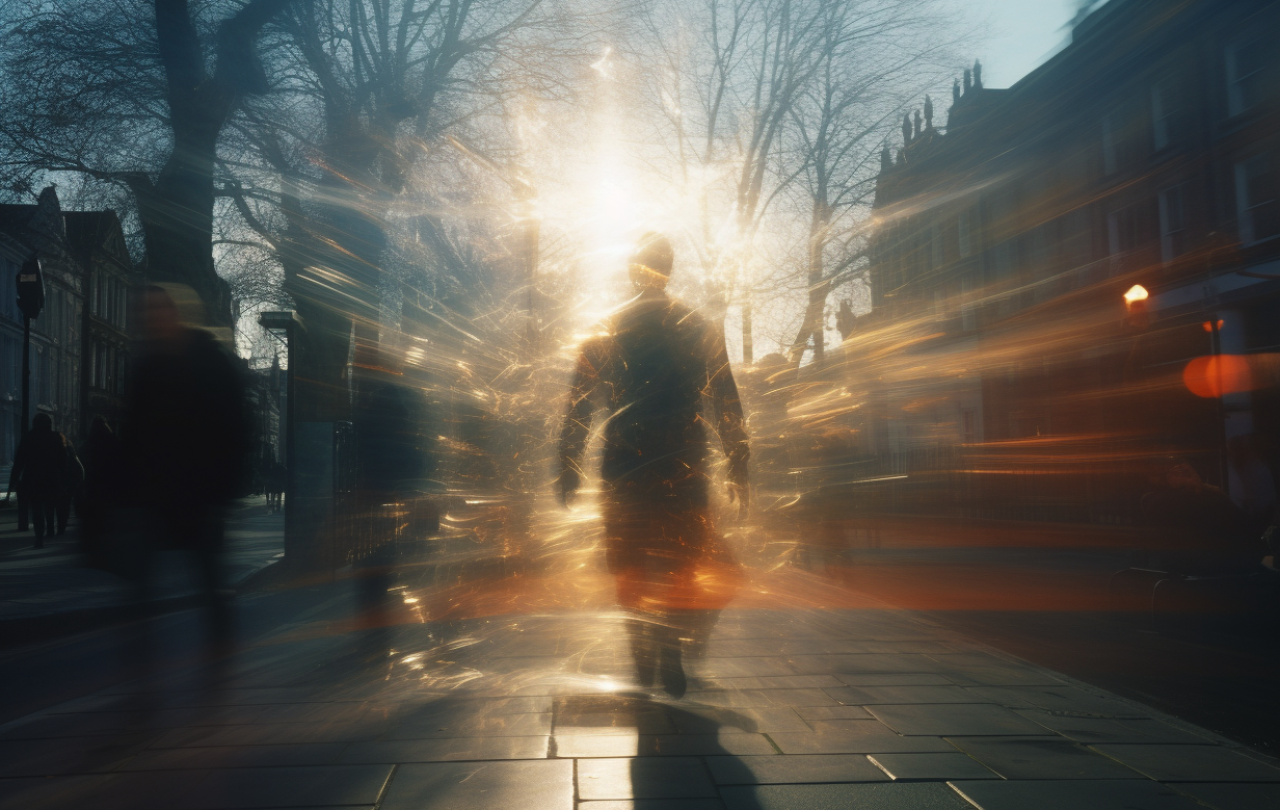
One of the strangest (and longest) seasons in the Church Calendar is called Ordinary Time. It feels caught like a fish out of water between the high pageantry of Easter and the thrill of Christmas. Ordinary Time – when school is out, and warm summer days are glorious – is there some mistake? Any kid with a high love of summer would know that the church had yet again missed the whole point.
You’d be forgiven for thinking that Ordinary Time, despite its obvious insinuations for anglophones, means “boring” or even “not important.” It is not, after all, when the church gets a well-earned break from the supernatural, and things can be normal for a while. Nor is it when Jesus goes on vacation, alongside the rest of us. Despite the “terminological abomination” that is Ordinary Time (George Wiegel), Ordinary Time is when the church leans into the fact that all of life is sacred. All of life has meaning. Why? For Christians, it is because God decided to become human in every ordinary way, to bless and remind us that life is not so ordinary after all.
Because of this, no day can be a “time out” from the supernatural. Every day is now holy. And this is the riot of Ordinary Time.
The fact that God decided to walk our history in our shoes means that God’s life is available in all alleyways, everywhere, every minute. This means that every child whose knee has been scraped, and has been comforted, is in God’s territory. Every joy of friendship, and even rejection, has been experienced by the God-man. Every pubescent crush is understood. Every badly crafted project in our dad’s workshop or mom’s flour bin has also been in Mary’s kitchen or hanging on her wall. When Christians worship this God, they know that they worship someone who experienced everything that they are experiencing – every joy, every terror, and even the humdrum in between.
Because of this, no day can be a “time out” from the supernatural. Every day is now holy. And this is the riot of Ordinary Time, which has no holy-days but is itself one long holyday-holiday. And so, the church calendar is attempting to do precisely the opposite of carving up life into sacred and secular, a false division if there ever was one. The Church calendar integrates all things into the life of God who was also human, and so can testify to the goodness of jam and the horror of loneliness. This calendar, far from an attempt to lift people out of ordinary life, was an attempt to root them in the One who makes all things extraordinary. It’s no wonder that the chosen color for this season is green – that of new life, vibrant in its small seed-like ways, growing imperceptibly but persistently.
And this is why, when Christians have been vigilantes against things that prioritize the supernatural over the natural, the church has flourished for all classes. Even the good old stodgy Reformation forefathers (with their frilly collars) championed ordinary life as God’s sphere, against those who held it as lower on spiritual scale. Or again, there were Victorian priests like M. F. Sadler who intuited the dangers of church elitism and railed against “mischievous” theology cut-off from ordinary life. Or what of George MacDonald, Scottish pastor and fantasy writer, who says that Jesus’ miracles only seem like miracles because we take everyday life for granted. “How many more have the marvel of vision than those blind whom the Lord has healed.” He calls God the “divine alchemist,” turning every meal into a eucharist, not just the bread and wine on the high altar.
Today is the stillpoint from which all the days since our birth have been stretching forward. And today is the point from which all days rush toward our end
“Ordinary Time” in the Church Calendar is the season of the sacred ordinary. Or the ordinary extraordinary. Fifty days after Easter is “Whitsun” or Pentecost when, according to the history of the early church by Luke the doctor, the Holy Spirit came upon all people – young, old, men, women, Greek, African, slaves. The Spirit (and love) of Jesus was handed over to these ordinary people to continue what Jesus started. And that day the church was born. And here we are, 2,000 years later, as the same ordinary church, invited to hallow something as ordinary as time itself. How differently would we live, if we were able to recognize the unutterable preciousness of today? To be aware that we will never be given this particular day again? Today is the stillpoint from which all the days since our birth have been stretching forward. And today is the point from which all days rush toward our end. Without knowing this, and finding ways to honor it, can we be living at all? This is the invitation of Ordinary Time.





